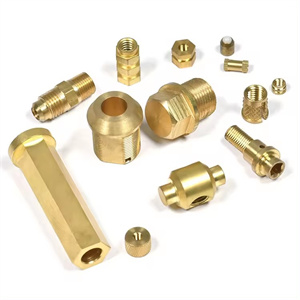Tempering Of CNC Machining
The main purpose of CNC machining tempering is to improve and adjust the mechanical properties of materials to meet specific application requirements.
Improving the toughness of materials: By tempering, the brittleness of CNC machining parts can be reduced, their toughness can be increased, making them more durable when subjected to impact or vibration.
Adjusting hardness and strength: The choice of tempering temperature directly affects the hardness and strength of the parts. Low temperature tempering (150-250 ℃) is usually used to maintain high hardness, while high temperature tempering (500-650 ℃) is used to obtain better comprehensive mechanical properties.
Stable size: Tempering can promote the transformation of unstable structures (such as martensite and residual austenite) inside the quenched parts, making the structure tend to be stable and reducing the size and shape changes that occur during use.
Eliminating internal stress:
After quenching, there are significant internal stresses in CNC machining parts, which may cause distortion or cracking during use. Tempering can eliminate these internal stresses, improve the stability and service life of the parts.
Meeting specific application requirements:
Different CNC machining parts need to meet different application requirements. By adjusting the tempering temperature and holding time, parts with different mechanical properties can be obtained to meet the requirements of various application scenarios.
Optimize processing performance:
Tempering can also improve the machining performance of CNC machining parts. Tempered parts are less prone to deformation during subsequent processing, which is beneficial for ensuring machining accuracy and surface quality.
The main purpose of CNC machining tempering is to improve the mechanical properties of materials, eliminate internal stress, meet specific application requirements, and optimize processing performance through heating and cooling processes. In practical applications, it is necessary to choose appropriate tempering process parameters based on factors such as the material, size, shape, and application scenario of the parts.
